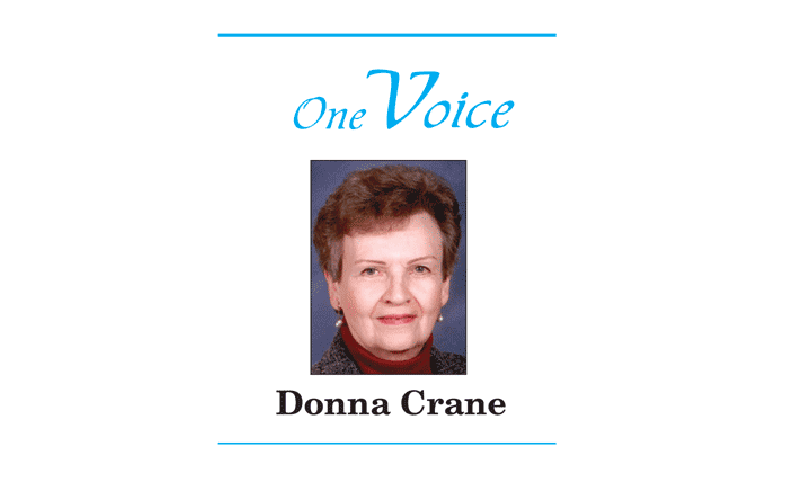
First of four parts
This time of year provides difficulty in recollection for Edmund Fast Horse of Fort Yates. N.D.. It’s the beginning of November on the Standing Rock Indian Reservation, on the precipice of Winter, when the sky and the river are the same steely gray in North Dakota.
Molly Hensley-Clancy of Buzz Feed News writes in her report:
“Soon it will be the anniversary of the days when police violence against hundreds of Native Americans protesting the construction of the Dakota Access Pipeline (DAPL) escalated to a breaking point in 2016: Water cannons arced into the frigid air, tear gas and rubber bullets hit protesters. The videos of the crackdown would make their way across the world.
“This time of year is leading up to the atrocities on the reservation that were the turning point for us,” Fast Horse said of the DAPL protests. “And December 15, that’s always the hardest. That’s the day that my grandma’s uncle was killed on the Grand River.”
“That’s Sitting Bull, the Lakota chief who was killed by police at Standing Rock in 1890. December was the month that 38 Dakota men were hanged in Minnesota in 1862 — the largest mass execution in American history.
“Now, Fast Horse said, something is happening again. Again, he thinks, the government is infringing on Native Americans’ rights. This November, a voter ID law passed by the North Dakota state legislature is making it far more difficult for Native Americans on reservations across the state to vote than it used to be.
“Many people here see the voter ID law, which went into effect 30 days before Election Day, after being tied up in court for years, as nothing short of an explicit effort to suppress the Native American vote. The law requires peoples’ identification cards to have a street address, but out here on the reservation, almost nobody has an address on their IDs. They use P.O. boxes instead. And in much of the countryside of the sprawling reservation, there aren’t even addresses to begin with.
“Just like so many times before, the tribes are fighting back. Native Americans in North Dakota say they want to prove something to the people they believe passed the law to stop them from voting: This election, despite the obstacles in their path, they want to have the highest Native voter turnout ever.
“Once again, Fast Horse said, everyone is watching Standing Rock. That’s why one morning in November, four days before Election Day, he came to a little yellow house on the outskirts of Fort Yates to get help casting his ballot.
“The house is the headquarters of the extensive get-out-the-vote effort under way here, the kind that has been taking place on reservations across North Dakota, thanks to organizing and fundraising by activists who kicked into gear after the law passed. Across the state, an estimated 5,000 Native Americans will need new IDs in order to vote.
“They need addresses to put on the IDs — many simply don’t have one. And they need rides to the polls, and help navigating the complicated new rules.
“In a state with just 750,000 people, the reliably Democratic Native American vote could tip the scales in one of the country’s most closely watched Senate elections. Senator Heidi Heitkamp, a Democrat, is fighting for her political life against Republican representative Kevin Cramer. In 2012, Native Americans helped elect Heitkamp, who won, unexpectedly, by just 3,000 votes. Republicans started the work of passing the ID law not long after. (Editor’s note: Cramer won the November 6 election, 178,876 votes to 143,737.)
“But to most people here, the election has little to do with Heitkamp, or even the Democratic Party. Many are frustrated with, or even feel betrayed by, both. Instead, it is about something bigger: Exercising their inherent rights, rights they think the government is infringing on, and about protecting tribal sovereignty.
“Activists are hoping to set an example of organizing for the rest of the country, where voter ID laws in other states have made it more difficult for other historically disenfranchised groups, like African Americans, to vote.
“They lost a court case challenging the law, something that may become more common as the U.S. Supreme Court tilts to the right. But record turnout, Native Americans fighting the law believe, could deter other states from trying to pass similar measures. At the very least, it could inspire other organizers to fight back after losses.
“There’s solidarity for our situation — it’s directly related to what’s going on in Georgia. It’s not an isolated thing,” said Judith LeBlanc, the director of the Native Organizers Alliance, who came to Standing Rock to help with organizing the get-out-the-vote effort. “If we can turn out the largest Native vote in North Dakota history, I believe that’s sending a message.”
“The government has long tried to go after Native Americans’ rights, Edmund Fast Horse said: “Water rights, land rights, voting rights.
“Standing Rock is always the first to step up and challenge them.”
Continued next week

